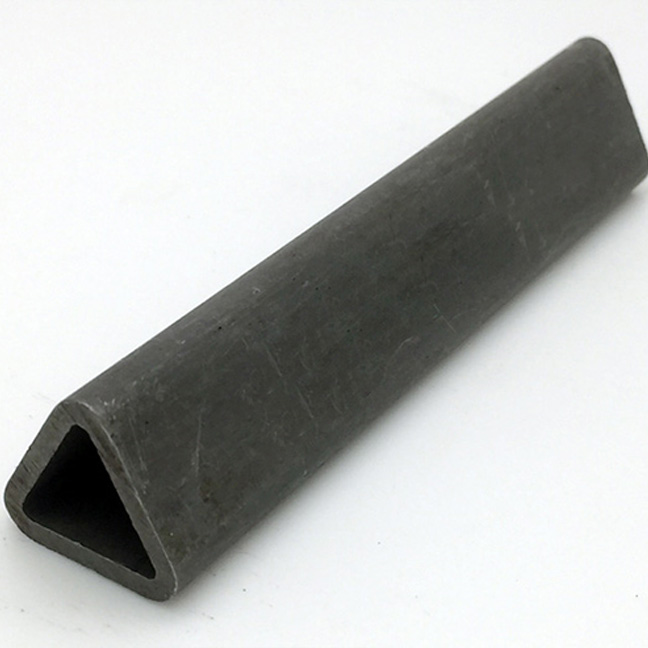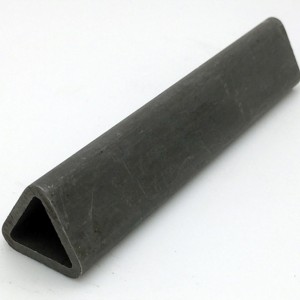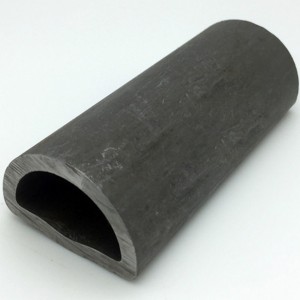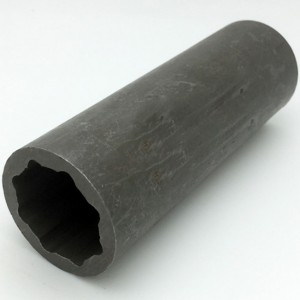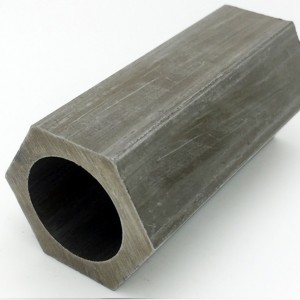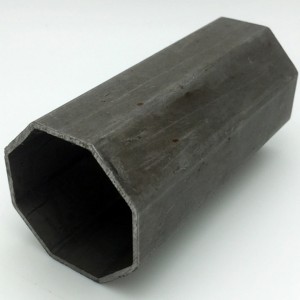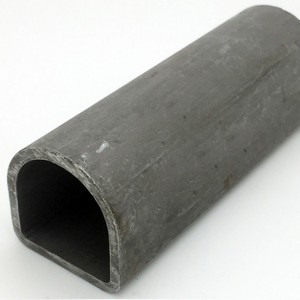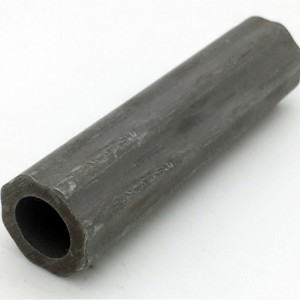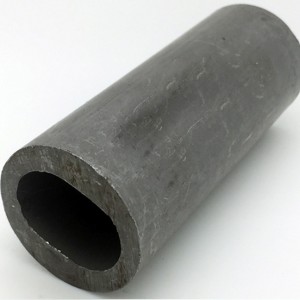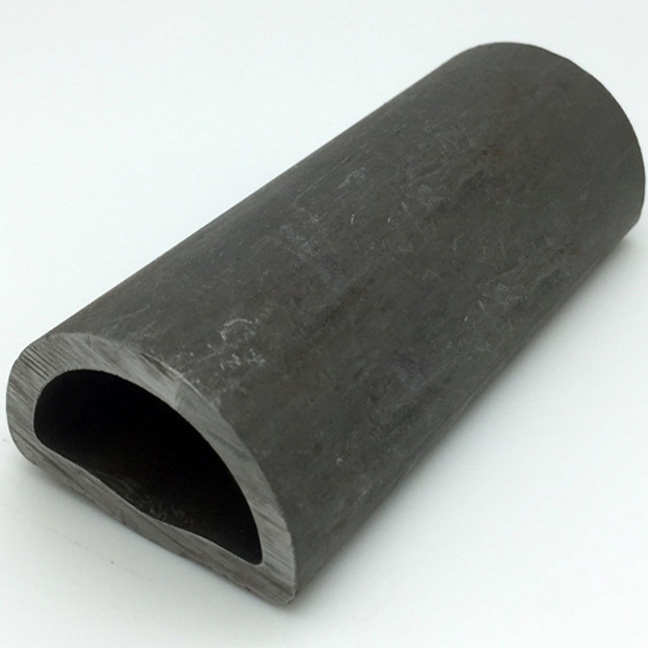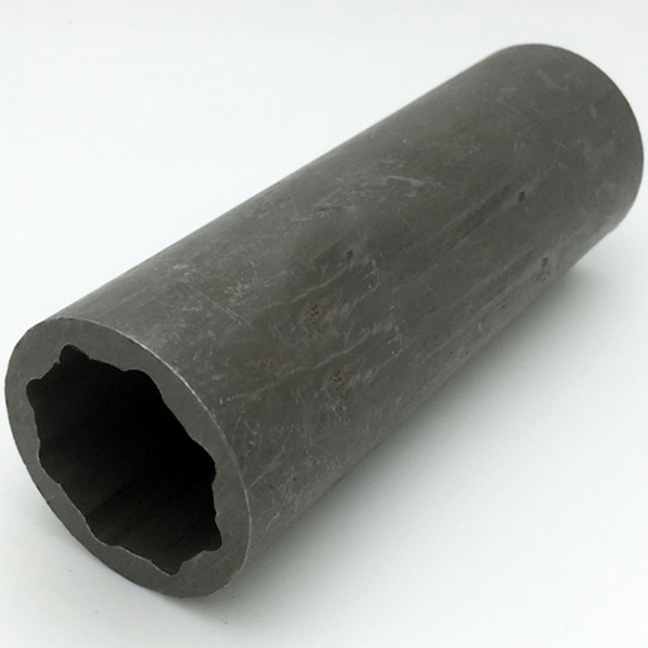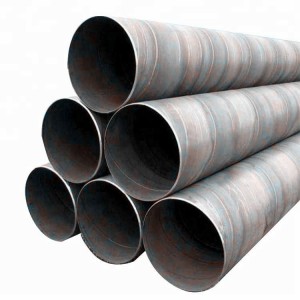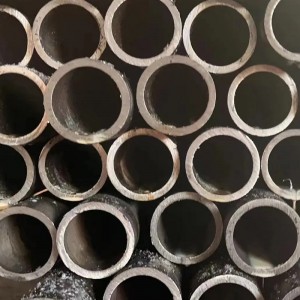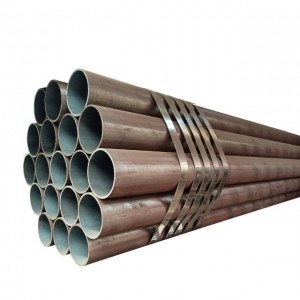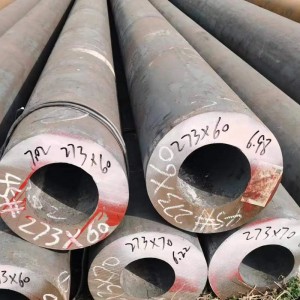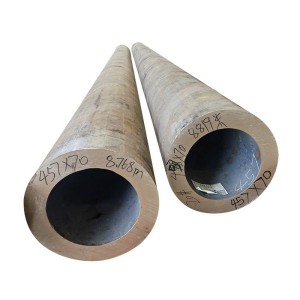Profiled steel pipes, profiled steel pipes are formed by bending, which is commonly known as bending. There are two types of bending of special-shaped steel pipes, one is true bending and the other is empty bending.
It is a two-way process that the real curved square pipe is compacted, and then the curved bending, the inner and outer walls of the inner and outer roller tubes and the special-shaped steel pipes are compacted. The advantage of the true bending of rectangular pipes is that the solid bending will be relatively small, and a more accurate angle of profiled steel pipes can be formed as long as the roll type is used accurately and the internal rebound steel pipe is formed accurately in the production time.
The instant bending has certain disadvantages. The main stretching time will cause the steel pipe to become thin. The real bending will cause the rectangular pipe to bend. The stretching bending of agricultural products will cause the length of the bending curve in the length direction of the special-shaped steel pipe to become shorter, and the metal content will be reduced due to the stretching.
In the production of empty bending rectangular pipes, the external rollers and the outer walls of square and special-shaped steel pipes, and the metal bending, the bending curve of the steel pipe will produce certain compression, so the compression effect, the longitudinal variable length zigzag line, and the metal bent by the rectangular pipe will become thick air bending, compression or thickening effect.
These two production methods, the two basic methods of rectangular pipe production and square and special-shaped steel pipe forming, and the appropriate process configuration is selected according to the needs of different products. It should be noted that when stretched and compressed, the impression on the product quality, or the deformation of the square and rectangular tubes.
